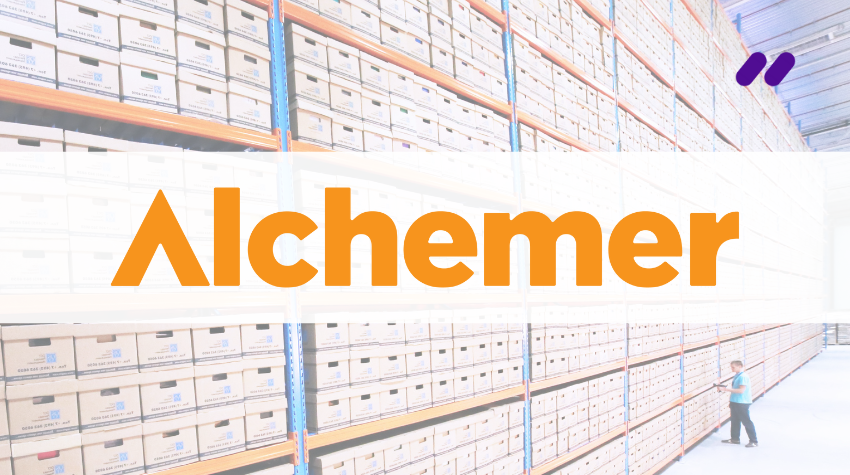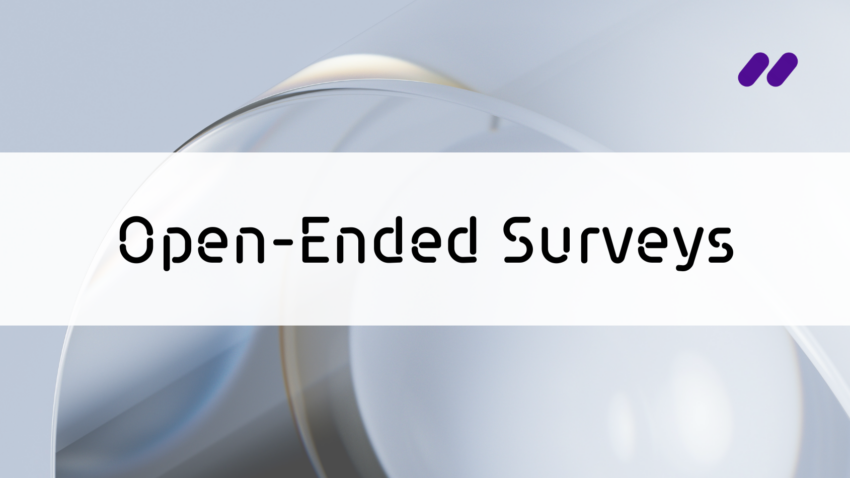Did you know that 50 percent of Americans post at least one online review a day? Once those words are out there, they weigh heavily in a potential buyer’s decision to do business with your company. In fact, data shows that 88 percent of people trust online reviews just as they would a personal recommendation. Since most of these reviews contain unstructured feedback data, it’s become crucial for survey and VOC providers to supply platforms that are able to convey and contextualize unstructured customer feedback alongside the available structured data.
The only way to achieve this is to integrate a text analytics component into your survey or VOC platform. But as you might expect, not all text analytics solutions are created equal or set up to provide the same level of customer insight. To help separate the wheat from the chaff, this blog post focuses on the technological aspects survey and VOC platforms product managers need to take into account before making a final decision on a text analytics partnership.
While the technologies and methodologies that inform text analytics – AI, machine learning, deep learning and natural language processing (NLP) – are in constant flux, most would agree there are only two approaches to capturing and deciphering VOC data. First, there’s the traditional way, which is the keyword- or dictionary-based technology used by dominant players in the market. Then there’s the new way, which involves continually implementing the very latest in academic research about machine learning and its subset, deep learning.
1. The traditional way: Text analytics based on rules, word counts and dictionaries
Many of the text analytics solutions used today are still built on those earlier incarnations of AI, which rely on rigidly programmed rules and predefined keywords. Those rules and keywords, in turn, are layered onto established industry verticals before being customized for each client. Plus, integration can take months to execute and be costly due to the need for specialized expertise. Finally, predefined keywords inevitably leave words out, creating blind spots when trying to understand customer feedback. As a result, once these complex systems are set up and ready to generate insight, you’re at risk of suddenly getting stuck: Any change, even the use of a new word in the marketplace, will require the solution to be entirely reconfigured.
For companies operating in stable industries that expect little variation in customer feedback, this traditional approach to text analytics might be adequate. But for companies overseeing large multipronged networks of user-feedback channels, a more sophisticated solution is required, one that focuses on continuous improvement, adaptation and agility.
2. The new way: Next-generation text analytics built around machine learning and deep learning
This type of text analytics offers a powerful early-warning system, allowing companies to take action before issues become critical.
The ideal text analytics solution for companies operating in dynamic, fast-paced marketplaces will infer nuanced meanings from key context data. This type of text analytics offers a powerful early-warning system, allowing companies to take action before issues become critical.
To continuously improve and adapt to new knowledge, AI needs to be flexible and agile. That’s why next-generation text analytics relies on machine learning and deep learning to build complex NLP algorithms trained to “understand” language in a human-like way – by extracting meaning and even sentiment from context. Armed with more comprehensive understanding, the algorithms are able to constantly spot, analyze and integrate new patterns.
Check out this comparison chart that shows how both types of text analytics technology handle VoC platform requirements:
3. Choosing the right product: Machine learning core vs. add-on
There are two main ways a product incorporates machine learning: It is a core part of the original architecture or is sprinkled on top later as an add-on. The recent rise in popularity of AI is primarily due to breakthroughs in machine learning and deep learning, and it’s become fashionable to throw that jargon around. In fact, most established text analytics markets that now thread these buzzwords through their marketing messages have opted for the add-on approach.
As a buyer, either solution might suit your needs. Nonetheless, it’s important to establish if the machine learning in the product you’re considering is core to it or has been added on as an attractive afterthought. Having this knowledge will equip you to make the right call for your company.
Ultimately, you can’t know how well a text analytics solution will work for you until you test it on your datasets and get a representative sample of the results. Make sure to use the kind of datasets you encounter most often in your analytics research, and once you identify them, compare the test results from several solutions against the same dataset. This is the only way to establish with certainty which solution is the right fit for your company.


